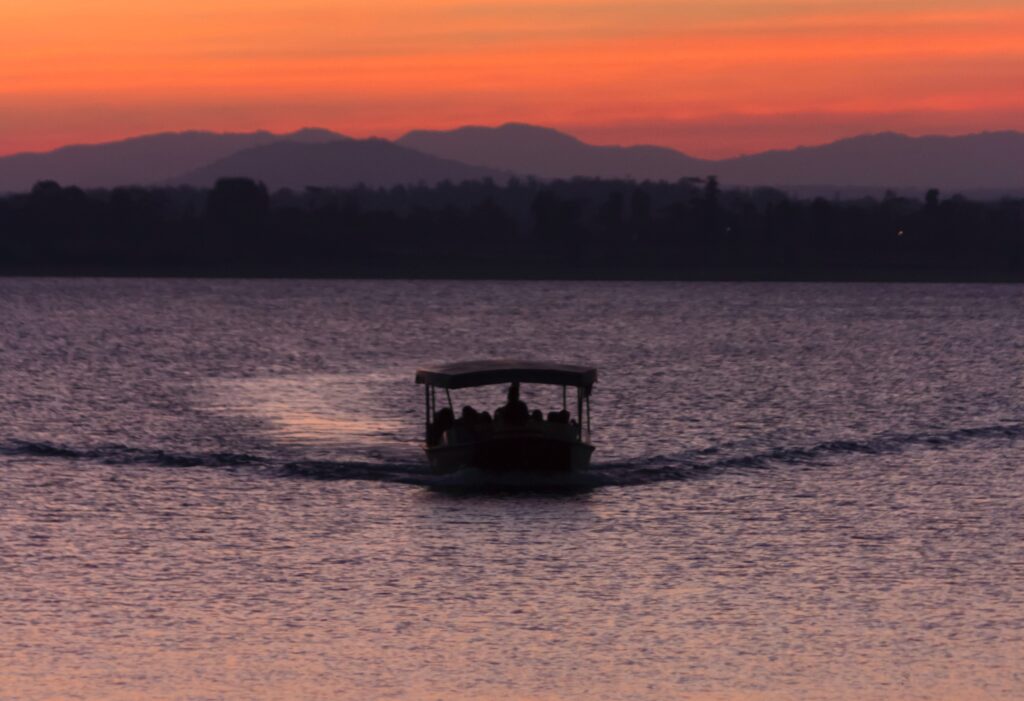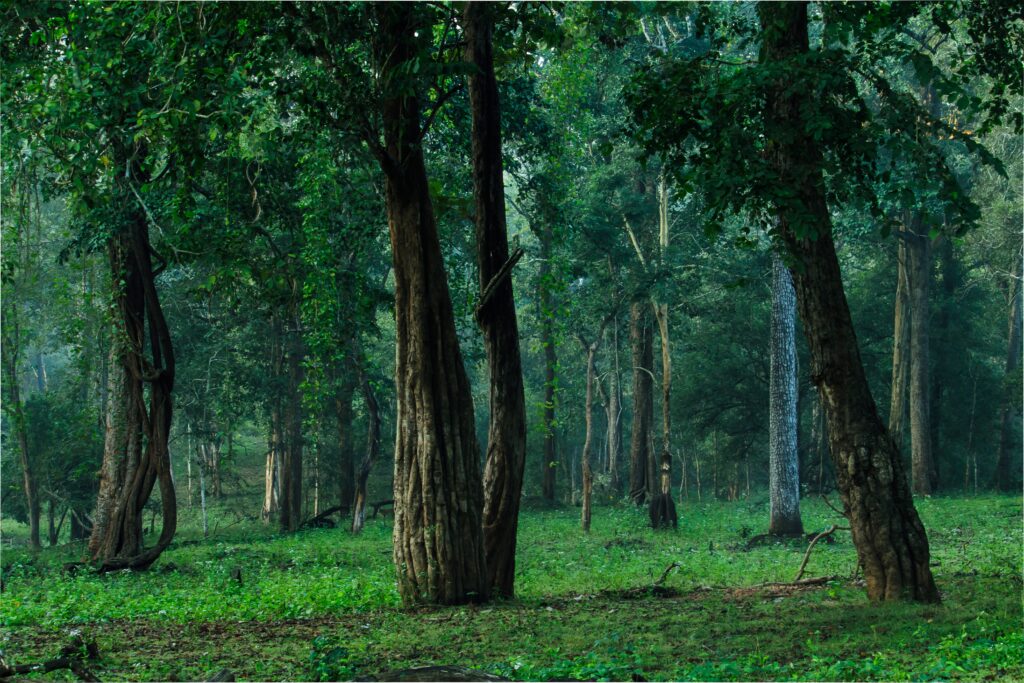Kabini has a great and glorious past that dates back to ancient times. The river has been an important water source for irrigation and transportation, and it has contributed significantly to the cultural and economic growth of the area.
Over the years, a number of dynasties, including the Kadambas, Gangas, and Hoysalas, ruled the area around Kabini. Along the banks of the river, the Heggades, a significant ruling family in the area, built a number of temples and forts. Many of their buildings still stand today, and they were renowned for their patronage of the arts and architecture.
A prominent empire in South India during the Middle Ages, the Vijayanagara Empire covered the area around Kabini. The empire left a lasting mark on the area thanks to its renowned rich culture and architecture.
Hyder Ali, the king of Mysore, took control of the area in the 18th century. In the area, he constructed a number of forts and castles and made Kabini his hunting ground. The river and the forests that surrounded it were teaming with wildlife, such as tigers, elephants, and other creatures, and it quickly became a well-liked location for hunting excursions.
After Hyder Ali, his son Tipu Sultan continued to hunt in Kabini and erected a number of buildings, including the well-known Gumbaz tomb at Srirangapatna.
The British continued to use Kabini as a hunting ground after assuming control of the area at the beginning of the 19th century. British nobility and officials used the bungalows and lodges they constructed in the area for their hunting excursions.

During this time, Kabini rose to prominence as one of India’s prime hunting grounds, drawing visitors from all over the world. But the area started to lose its appeal as hunting as a sport fell out of favour.
The Indian government designated Kabini as a wildlife sanctuary in the 1970s, and work was done to protect the area’s abundant biodiversity. The Kabini Wildlife Sanctuary is currently one of the top locations in India to see wildlife, drawing thousands of visitors each year.
For ages, the Kabini River has been a significant supply of water for irrigation in the area. During those times, the river served as a crucial commercial route, with traders using it to deliver commodities to various regions of the nation. In the past, Kabini was also known as Kapila, and it is thought that the sage Kapila meditated on these banks.

Numerous tribes and communities have lived in the area around Kabini for countless years. Along the banks of the river, the Heggades, a significant ruling family in the area, erected a number of temples and forts. The Vijayanagara Empire, one of the most powerful in South India throughout the Middle Ages, included the region as well.
Kabini culture
Kabini’s culture is a distinctive fusion of several traditions and practices. The area is home to numerous ethnic groups, including the Kodavas, Kurubas, and Heggades, each of which has its own unique culture and traditions. For instance, the Kodavas are renowned for their mastery in combat and distinctive practices like the worship of weaponry.
The Heggades, who ruled the area, were renowned for their support of the arts and building design. Many of the forts and temples they constructed still stand today. One such instance is the Ranganathaswamy Temple in Srirangapatna, which is renowned for its exquisite carvings and gorgeous architecture.
The Kurubas, the main ethnic group in the area, are renowned for their distinctive traditions and customs. Their expertise in farming and animal husbandry has earned them a reputation as a community that is mostly devoted to agriculture. They also have a strong tradition of folk dance and music, which is showcased at festivals and other special events.
Kabini has a lengthy and varied history, with numerous dynasties having left their imprint there. Since ancient times, travellers have been drawn to the area by its natural beauty and plethora of wildlife, including both ancient kings and modern tourists. Kabini still plays a significant role in South India’s cultural and ecological landscape, serving as a tribute to the area’s rich legacy and natural beauty.

At Red Earth Resort in Kabini, you can experience some of the natural beauty and cultural traditions of Kabini. Everybody can find something they enjoy at our resort. Book your stay right away to fully experience Kabini’s natural beauty. Prepare to leave feeling renewed, inspired, and refreshed.
Kabini, formerly the Maharaja of Mysore’s exclusive hunting lodge, was a well-liked shikar destination for British Viceroys and Indian aristocracy. It is now regarded as one of India’s top wildlife national parks, known for its amazing wildlife and birdlife.
The animal refuge and adventure activities in Kabini are highly renowned. It is the ideal vacation destination because of the incredible flora and fauna, animal safari tours, boat rides, nature walks, and campfires.
The Kabani, sometimes known as Kabini or Kapila, is a river in southern India. Its source is the confluence of the Panamaram and Mananthavady rivers in Kerala’s Wayanad District. In Karnataka, it flows eastward to converge with the Kaveri River in Tirumakudalu Narasipura. You can stay at our Resort in Kabini and enjoy this beautiful river.
There are three indigenous Kuruba tribes in Kabini: the Jenu Kurubas, who gather honey, the Betta Kurubas, who live in hill tribes, and the Kadu Kurubas, who live in the forests.



